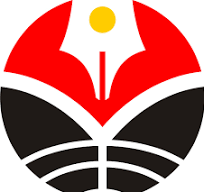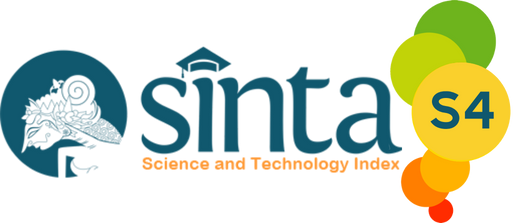IBM RANCANG BANGUN MESIN PENGERING DAN SETRIKA UAP UNTUK MENINGKATKAN PRODUKTIFITAS KELOMPOK USAHA LAUNDRY
Abstract
The objective of IbM program is the application prototype of dryer clothes based on gas resources and
steam iron as well as low energy, so hopefully with these tools can streamline the production time, minimize
complaints due to human error, it is easy to use (ability), service quality is guaranteed (high quality), and can
improve the modernization of the laundry business community in general. The method applied to the IbM
program is uses the review follow-method approach consisting of several methods for achieving the goal of
increasing productivity, effectiveness and quality of production through the application of the prototype. Stages
methods applied include: design stage, executing test machinery and equipment, the preparation of instructions
on the equipment operation, counseling stage, mentoring stage, as well as monitoring and evaluation stage of
products with renewable equipment to determine the extent to which the design can be useful tools to effectively
and efficient.
IbM superficial is application of appropriate technology in the form of drying machine product “gas
dryer convection” and “steam iron”, to solve the problems that complaints by user and business partners of
“Auralia Laundry” and “Dolphin Laundry” as laundry business manager.The results of IbMprogram then will
be published in the form of scientific papers.
Implementation of IbM program output is the application of engineering systems of Gas
DryerConvectionand steam irons in the “laundry” business in the field impacted can increase productivity and
effectiveness in speeding up the production pace, quantity and quality can be achieved according to customer
requirements, production capacity can be increased and rapidly as indicated by high productivity, effective and
efficient so that it can increase the needs order. With fulfillment of customer needs as a customer, it can foster a
sense of trust and the popularity of the work done more competitive and efficient. In closing, looking forward to
more good by continuing to improve the productivity, effectiveness and adequate quality must be supported by
the government, private sector and universities . As a follow-up to the next plan will be improving product
design to accommodate input and criticism from SMEs partners to output product.
Full Text:
PDFReferences
Chua, K.J., Chou,S. K., (2003), Heat Pump Drying Technology, Regional Workshop on Drying
Technology, ASEAN SCNCER.
Dodong Budianto, Sistem Pengeringan Kayu, Kanisus (anggota IKAPI), Semarang, 1996.
Holman,J.P (1981), Heat Transfer, Mc. Graw Hill International Book Company.
K Masters, Spray Drying Handbook, Longman Scientific & Technical, John Wiley&
Sons.Inc.Newyork. 1984
Refbacks
- There are currently no refbacks.








